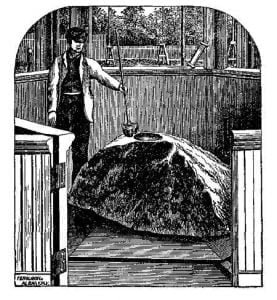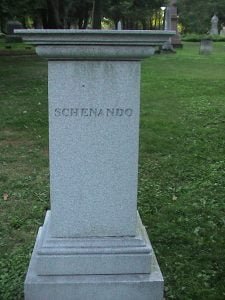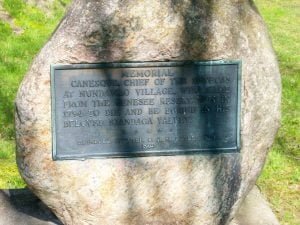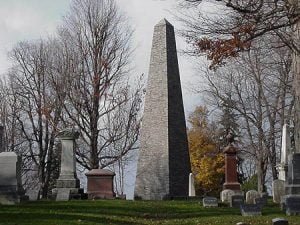The Spring Of The Great Spirit, Saratoga, New York
In the Village of Saratoga, N. Y., is a spring that has always been regarded by the ancient Mohawks as being very sacred because of its healing powers. It was called by them, “The Spring of the Great Spirit.” Near it is an inscription which reads, “This sacred spring of the Mohawks was known as the Spring of the Great Spirit and it is now known as The High Rock Spring. The first white man to visit it was Sir William Johnson in 1767. General George Washington, George Clinton and Alexander Hamilton visited Philip Schuyler at this spring in 1788.” … Read more








